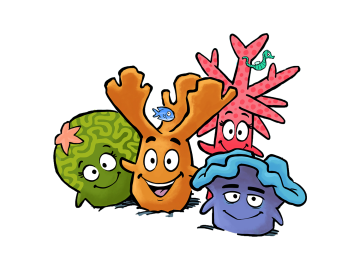
English web version
Join Al, Samy, Jo, and Bran on their adventures exploring the secret reefs of Towabonga:
Who is the mightiest builder in the world?
What can you see in Doc Kraken's super-zoom magnifying glass?
Do corals like sweets?
What is the mysterious appointment that happens on the reef during the full moon?
Why do corals need our help?
Learn what makes a coral reef and dive into the wonderful and exciting underwater world of coral reefs!
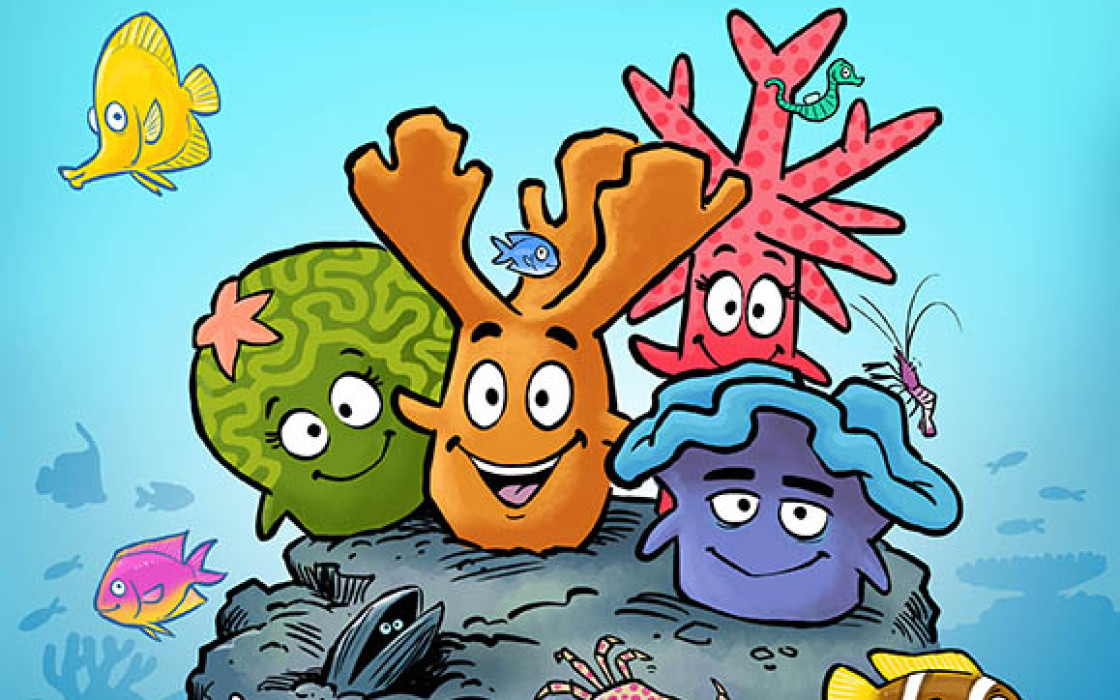
Our Coral Heroes are available for you in either web versions (low resolution) or as ready-to-print files (high resolution & printing bleed), matching the common formats (US or DINA 4).
You can add your logo on the back page of the comic magazine when using it at your institution! If you have any questions, please contact us via e-mail: info@secore.org
Please read the diclaimer before using our Coral Heroes!

English web version
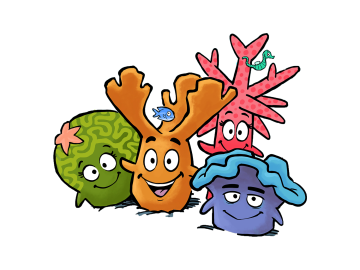
German web version
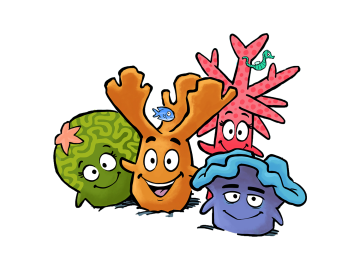
Spanish web version
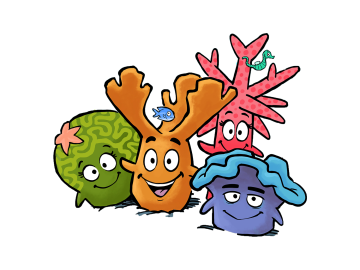
French web version
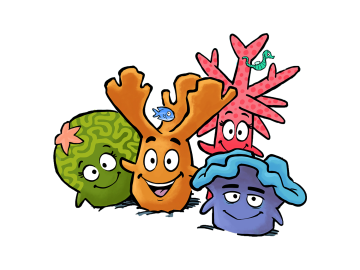
Dutch web version
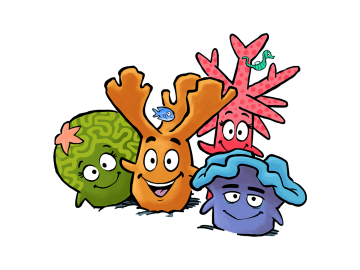
Papiamentu web version
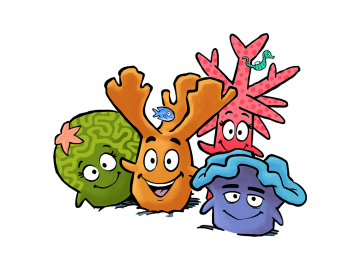
Bahasa Indonesia web version
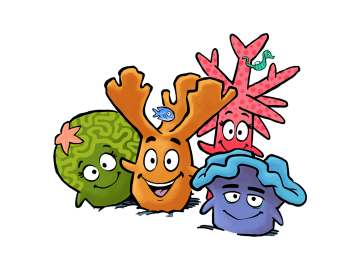
Portuguese web version
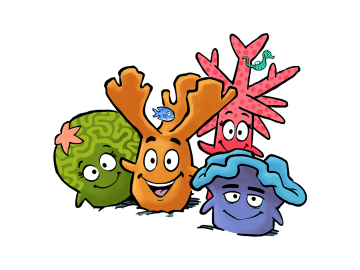
Swahili web version
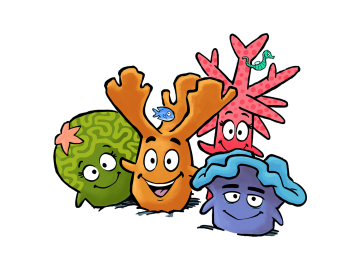
Farsi web version
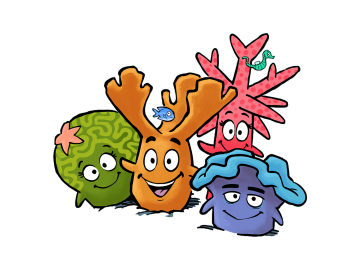
Italian web version
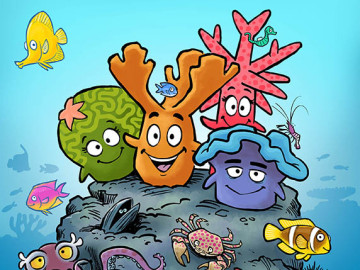
English print file (US letter)
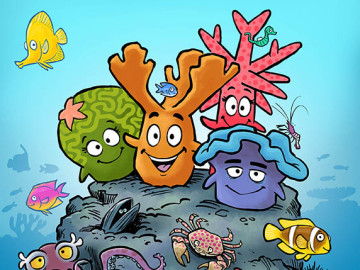
German print file (DIN A4)
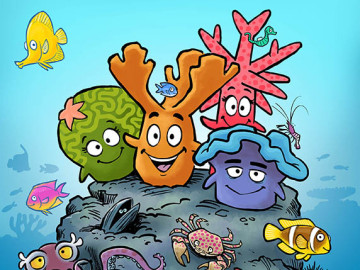
Spanish print file (US letter)
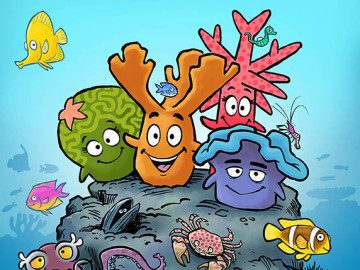
French print file (DIN A4)
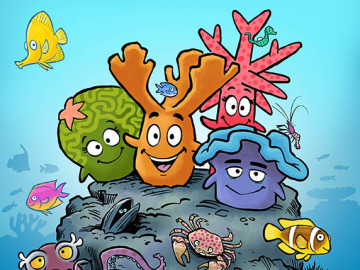
Dutch print file (DIN A4)
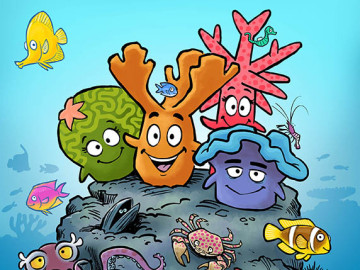
Papiamentu print file (DIN A4)
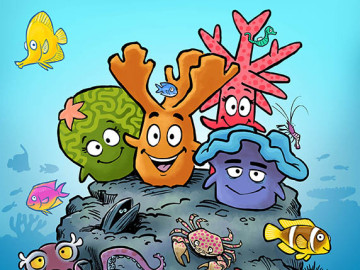
Bahasa Indonesia print file (DIN A4)
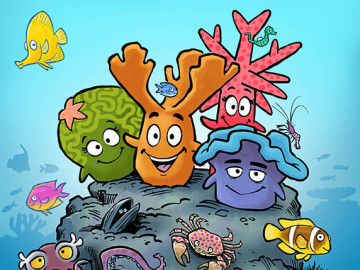
Portuguese print file (DIN A4)
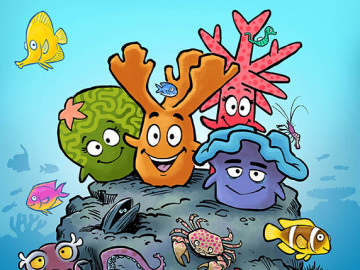
Swahili print file (DIN A4)
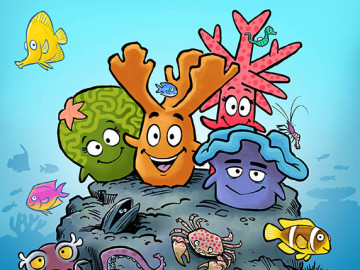
Farsi print file (DIN A4)
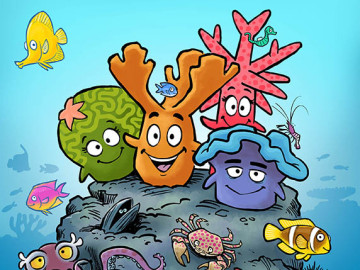
Italian print file (DIN A4)
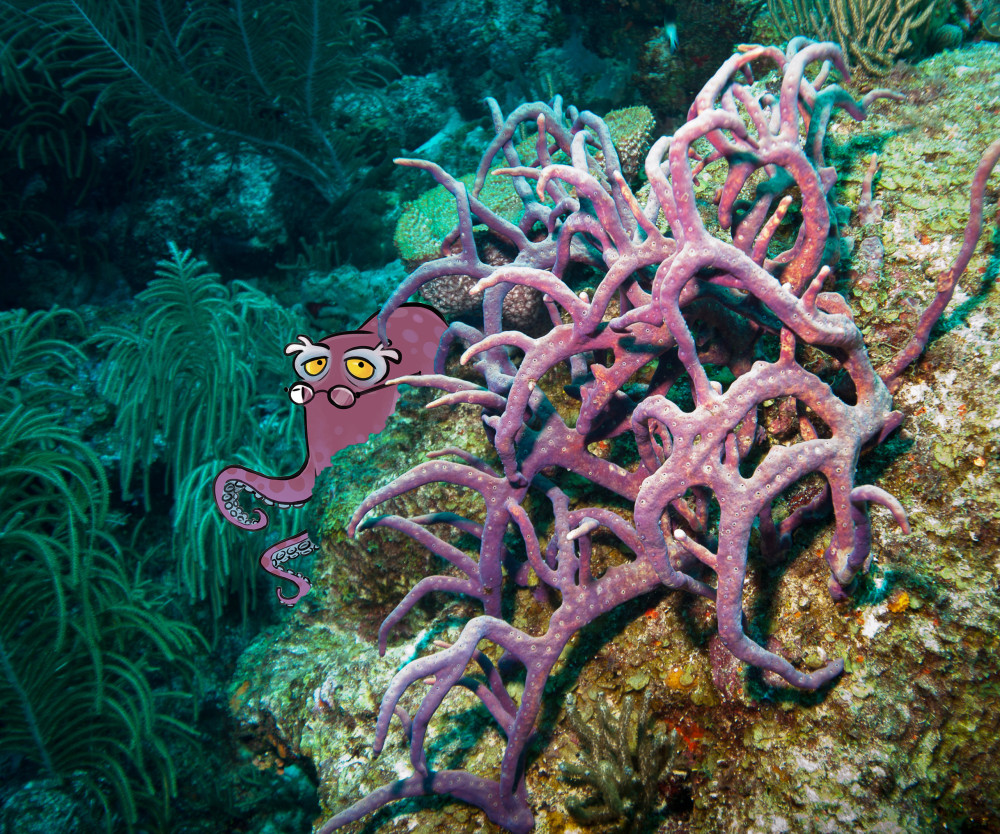 Paul Selvaggio, Bernhard Speh
Paul Selvaggio, Bernhard Speh
We could not have launched the various versions of the comic without the help of the following dedicated supporters and translators; in order of appearance: foundation Manfred-Hermsen-Stiftung, Heike Dumjahn, Sébastien Gréaux, and Karl Questel, L’Agence territoriale de l’environnement (French comic), Siti Muyassaroh and Nina van Toulon, Indonesian Waste Platform (Indonesian comic), Dr. Angela Moro, Dr. Valentina Tanduo, and Mauro Vizzino (Italian comic), the team of CARMABI Education under the lead of Cor Hameete (comic in Dutch and Papiamentu), Manu Jove, Curaçao SeaAquarium, the Coralium team under the lead of Dr. Anastazia Banaszak, UNAM, Inma Sanchez-Held, and Maria Villalpando, FUNDEMAR, (Spanish comic), Matilde Marques, Joana F. Couceiro, Tina Keller-Costa, Institute for Bioengineering and Biosciences (Portuguese comic), Joshua Wambugu, Reefolution, and Ruth Keah, Media For Nature (Swahili comic), Sahar Mokhtari, Environmental Planner, and Hoda Rashidi Golruiye (Farsi comic).
The comic “Coral Heroes” is a copyrighted publication of SECORE International, Inc. It is published for educational purposes to provide information on the value, importance and the threats to coral reefs around the world. It is intended to be a free publication and be widely distributed without cost. However, nominal costs of printing or duplication may apply. This publication is available without cost here on the SECORE website.
The publication is intended for education only and may not be used for commercial purposes. We recommend to use recycled paper for printing! Content of the publication may not be altered or used in parts, nor may be any parts extracted without the permission of SECORE International, Inc.
© SECORE International, Inc. (2019)
Coral Heroes is a joint project of illustrator Bernhard Speh (spehzies.org) & SECORE
 Bernhard Speh
Bernhard Speh